Is that a computer on your wrist, or are you just pleased to see me?
Wearable computing generated a buzz at this year's Consumer Electronics Show. Business use might not be far behind.
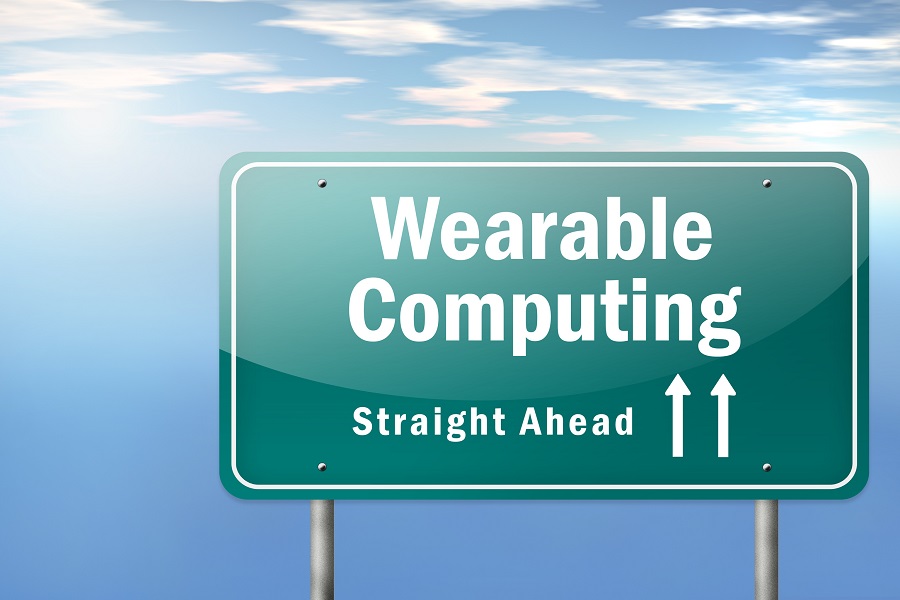
Inside the Enterprise: Wearable technology is not new. Those of us who grew up in the 1980s will remember the original Sony Walkman. Long before anyone invented a smartphone, unsociable teenagers would hide underneath their headphones, listening to mix tapes.
Wearable tech? Yes, the Walkman came with a belt clip. There was even a lurid, yellow, water-resistant Sports version.
Today, playing music is simply another app. So the electronics industry has moved on. At this year's Consumer Electronics Show (CES), companies queued up to show wearable computing, especially smart watches.
Smart watches, again, are not new. Microsoft developed smart watch technology 10 years ago, through a service called MSN Direct. This streamed information, such as weather reports, and even email, to digital watches.
Wearable tech? Yes, the Walkman came with a belt clip. There was even a lurid, yellow, water-resistant Sports version.
At the time, they were quite a fun idea, but the high-end watches made by Microsoft partners such as Fossil and Suunto didn't really catch on. MSN Direct was switched off in the US in 2008.
But now, with high-speed cellular broadband, and the ability to synch a watch, or other wearable technology, to a very powerful smartphone, the electronics industry is looking at wearables again. So, too, are businesses.
There is more to wearable technology, even smart watches, than simply fashion or convenience. Enterprises are looking at the technology from two angles: as a tool that can be used within the business, and as another channel to interact with their customers.
Sign up today and you will receive a free copy of our Future Focus 2025 report - the leading guidance on AI, cybersecurity and other IT challenges as per 700+ senior executives
-
 Microsoft wants to replace C and C++ with Rust by 2030
Microsoft wants to replace C and C++ with Rust by 2030News Windows won’t be rewritten in Rust using AI, according to a senior Microsoft engineer, but the company still has bold plans for embracing the popular programming language
-
 Google drops $4.75bn on data center and energy firm Intersect
Google drops $4.75bn on data center and energy firm IntersectNews The investment marks the latest move from Google to boost its infrastructure sustainability credentials
-
 Wearables: First Windows 10 smartwatch is on its way, and it means business
Wearables: First Windows 10 smartwatch is on its way, and it means businessNews Specs are hard to come by, but we know it will be built on Microsoft's Windows 10 IoT OS
-
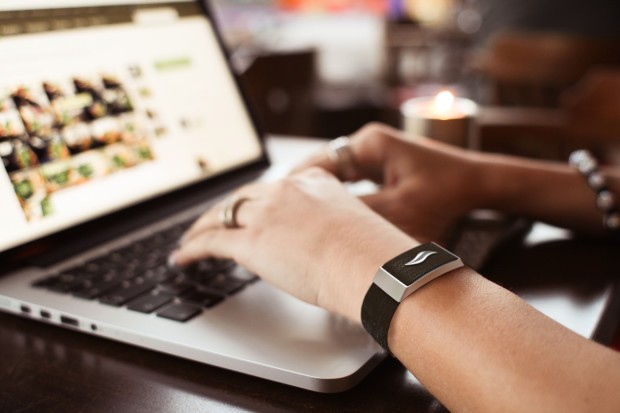 The best wearable devices for business
The best wearable devices for businessBest The best lightweight devices to help you stay productive during a busy workday
-
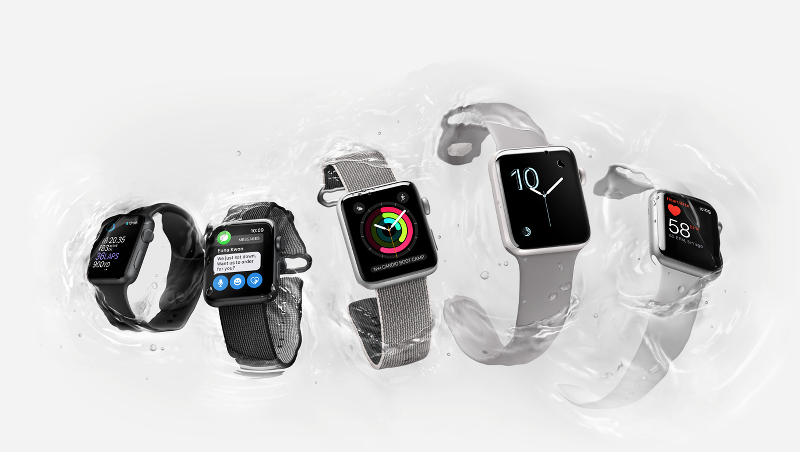 Apple Watch Series 2 review: First look
Apple Watch Series 2 review: First lookFirst look If you waited for the second generation, you haven't wasted your time
-
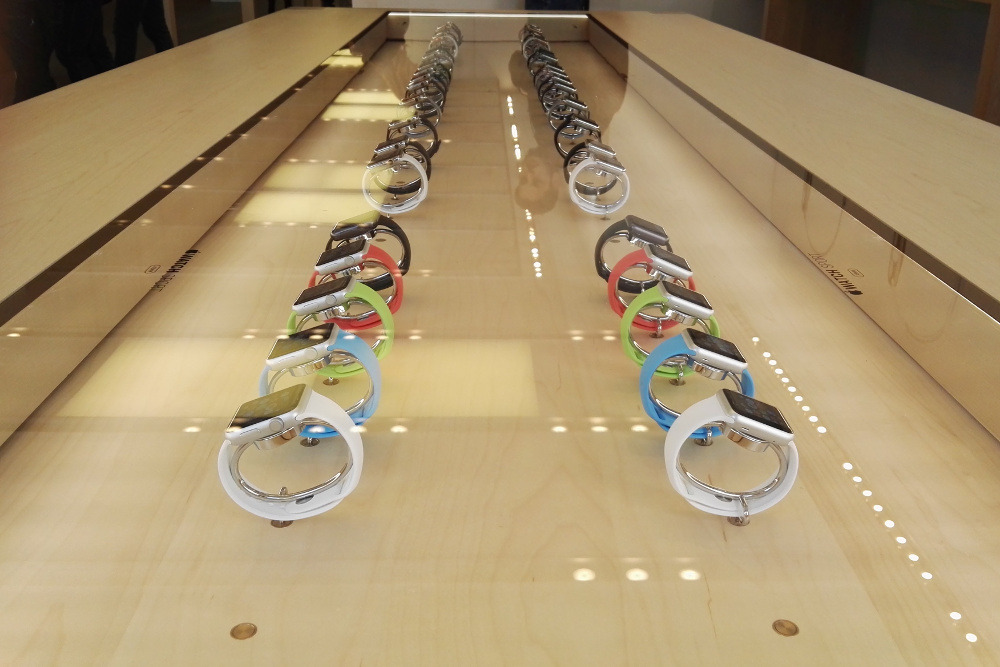 Apple watchOS 3 release date and features: watchOS 3 update available on 13 September
Apple watchOS 3 release date and features: watchOS 3 update available on 13 SeptemberRumours watchOS 3 can be downloaded from Tuesday next week
-
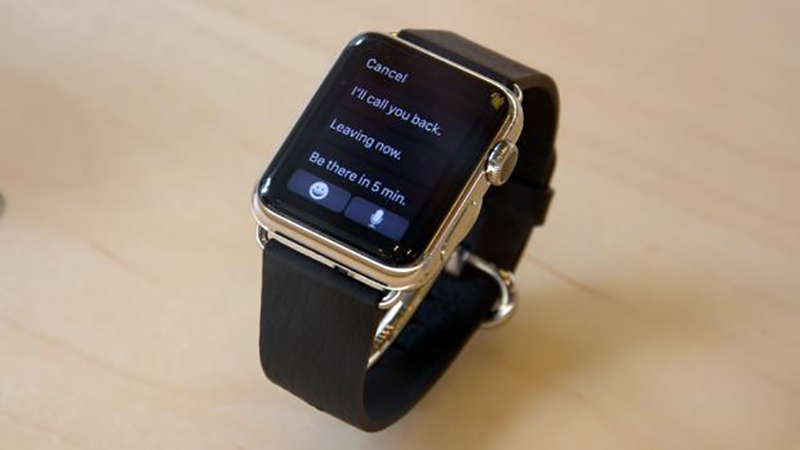 Apple Watch release date, price, features, availability and delivery date: Special edition Apple Watch bands arrive for the Olympics
Apple Watch release date, price, features, availability and delivery date: Special edition Apple Watch bands arrive for the OlympicsRumours But will only be available in Brazil
-
 Fitbit patents ruled invalid in Jawbone lawsuit
Fitbit patents ruled invalid in Jawbone lawsuitNews ITC judge recommends case be thrown out
-
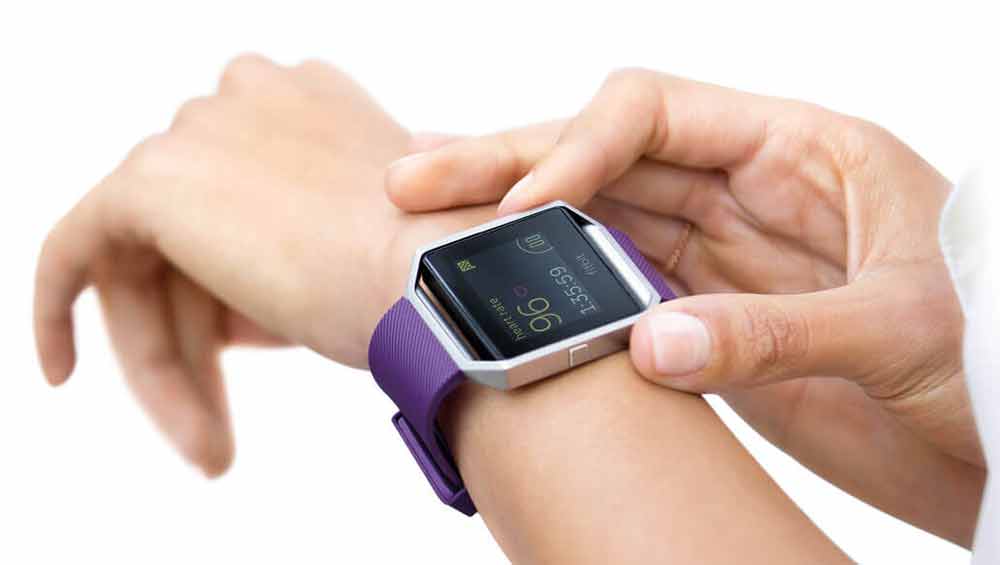 Fitbit steps up its game with mobile payments acquisition
Fitbit steps up its game with mobile payments acquisitionNews NFC payment technology could be coming to future Fitbit wearables
-
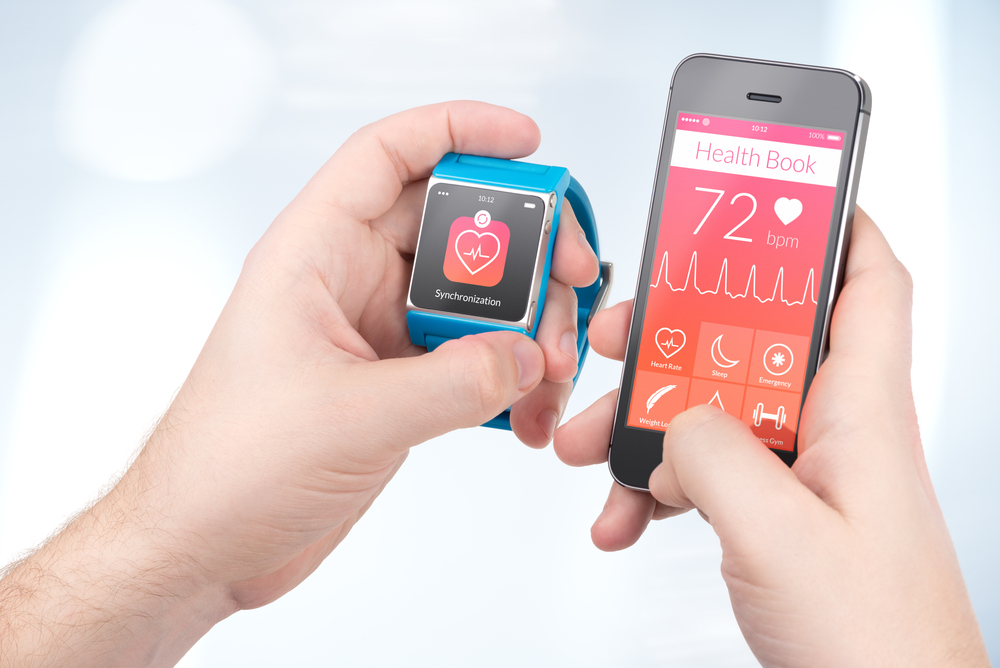 Wearables success comparable to tablets, YouGov says
Wearables success comparable to tablets, YouGov saysNews The organisation revealed six per cent of the population have at least one wearable